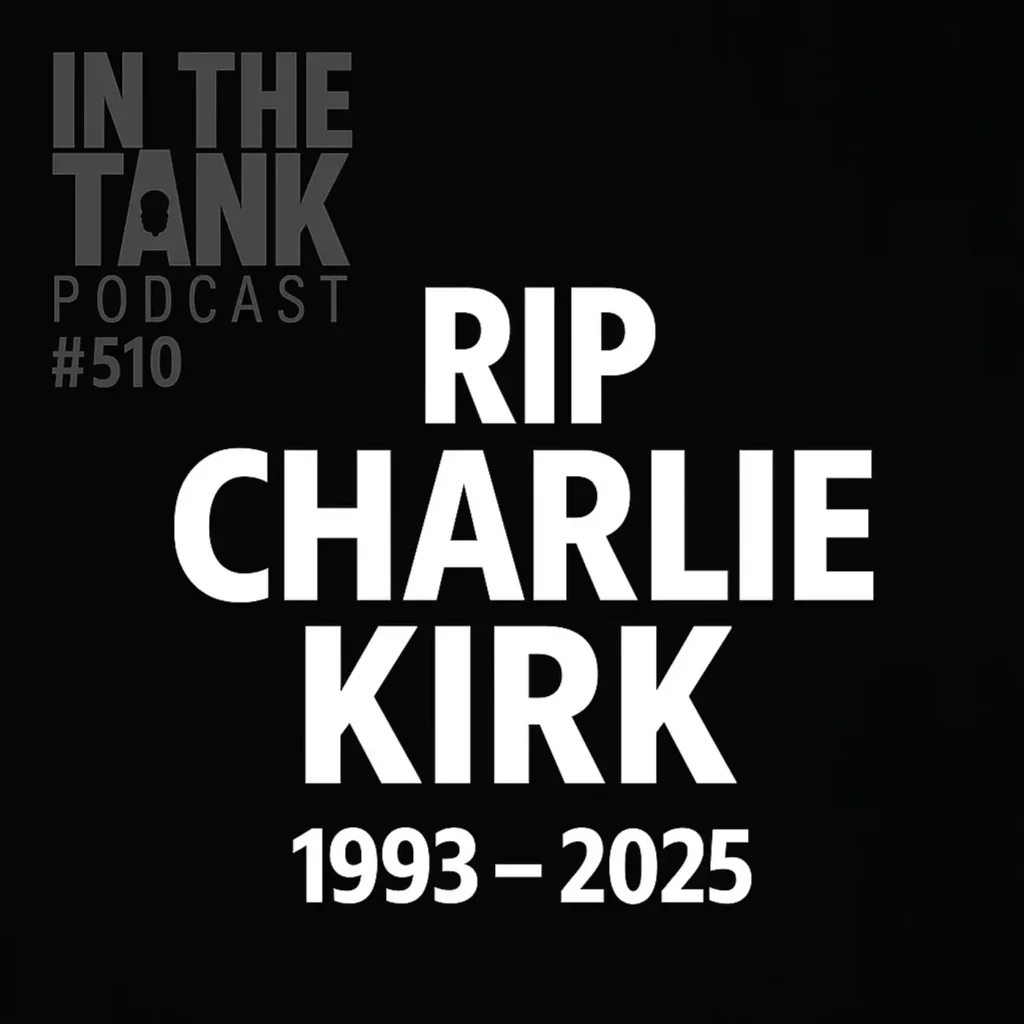A new study has uncovered evidence the 2000s housing bubble affected the U.S. economy in previously unsuspected ways, by causing consumer prices to rise and fall based on the rate of homeownership in any particular area.
In “House Prices, Local Demand, and Retail Prices,” New York University Assistant Professor of Finance Johannes Stroebel and University of Chicago Assistant Professor of Economics Joseph Vavra found this unexpected connection between the two seemingly disparate sectors of the economy, an example of the unpredictability of effects of government intervention.
Between 2001 and 2006, U.S. home prices skyrocketed, during the housing bubble. During that period, retail prices of consumer goods also increased. Stroebel and Vavra’s study, however, found retail consumer prices rose at different rates in different neighborhoods, and housing price increases were a key factor.
Feedback Loops
Stroebel and Vavra’s work builds on prior research into how money flows through the economy. Relaxed lending policies are known to cause inflation, which leads to higher asset prices. Higher asset prices increase the wealth of asset holders, such as homeowners. This leads to increased demand for homes, and thus higher home prices.
What is good for homeowners is not always good for renters, though. Higher home values put economic pressure on renters as rents increase and reduce their remaining disposable income.
Consequently, in areas where there are more renters, both renters and retailers are squeezed because as rent prices rise, retail sales decrease
Areas with higher rates of homeownership, by contrast, experience higher retail prices, as homeowners’ demand for retail goods increases with their wealth.
That’s what happened during the housing boom.
Challenging Old Ideas
Stroebel and Vavra challenges the idea of “sticky prices,” which says firms are reluctant to change prices, as there is a cost for doing so. Many previous studies have indicated retail prices are slow to adjust to economic conditions and are driven by a firm’s costs.
Stroebel and Vavra’s research suggests sticky prices may play a smaller role in price setting than previously thought.
Stroebel and Vavra point out retail goods are not produced locally. Therefore, they write, “change in a retailer’s local demand is unlikely to be correlated with its marginal cost, which implies that the increase in retail prices we observe mostly reflects higher markups.”
Instead of increasing prices because of higher costs, retailers notice customers are buying more, and they raise the prices in response to the greater demand.
Additional Implications
This connection between home and retail prices also has implications for urban planning and business cycle theories.
The authors found both the location of retail stores and neighborhoods’ economic recovery rates depend on the rates of homeownership in a given community, allowing urban planners to model these different factors with the same tool.
The model can be also used to predict where retail stores may move, seeking neighborhoods with high home ownership rates and high home values.
Blunt Instrument
This information is also useful to monetary authorities, allowing them to minimize some of the negative impacts of expansionary monetary policies.
Monetary policy can be a blunt instrument, and knowing these policies have different effects in different places can help avert future crashes.
Matt Kelly ([email protected]) is a DeVoe L. Moore Center policy analyst with Florida State University’s College of Social Sciences and Public Policy.
Internet Info:
“House Prices, Local Demand, and Retail Prices,” Johannes Stroebel and Joseph Vavra, http://www.heartland.org/policy-documents/house-prices-local-demand-and-retail-prices/



